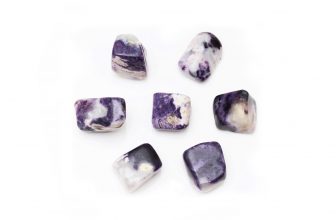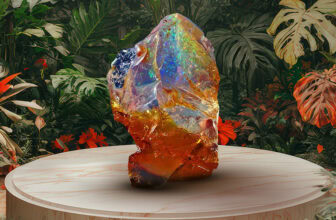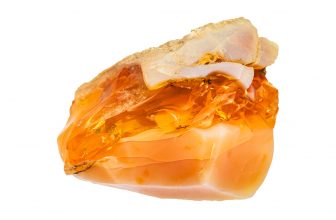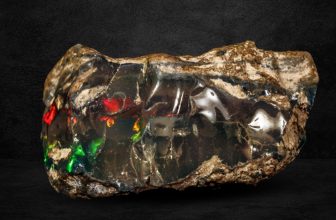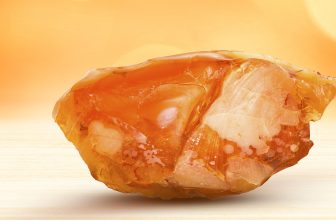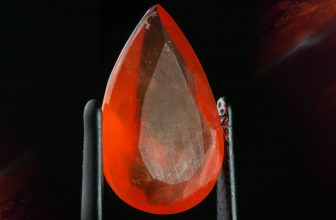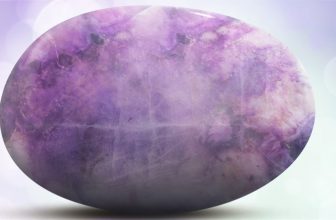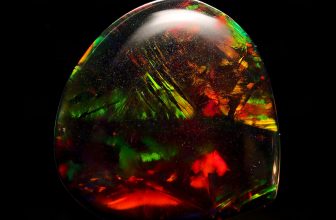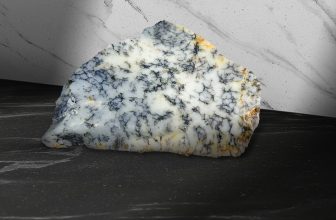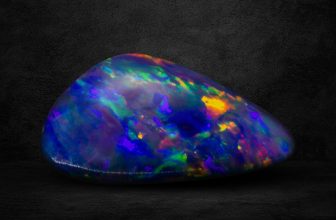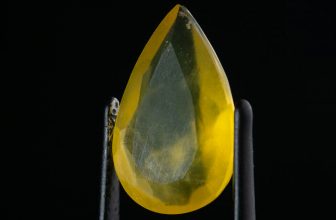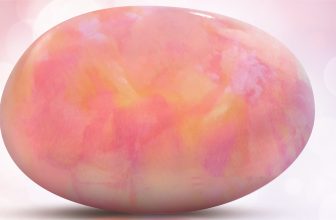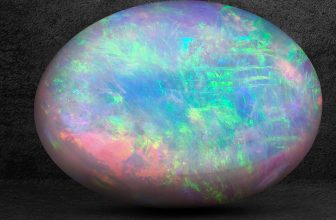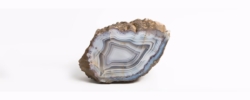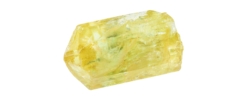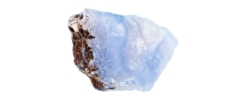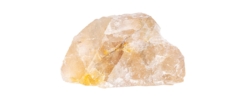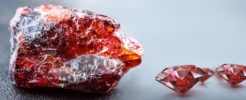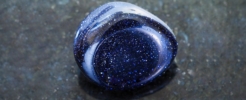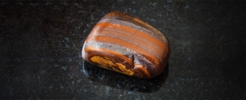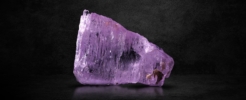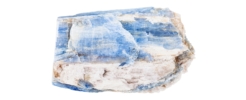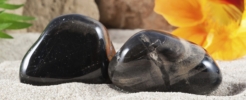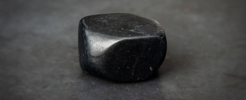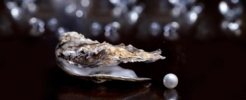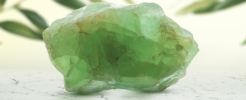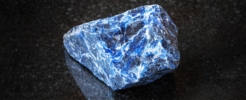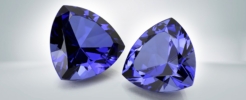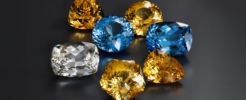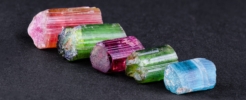Opal: The Spectacular “Eye Stone”

The Roman historian Pliny the Elder described Opal as a precious stone containing the fiery flame of Garnet, the splendid purple of Amethyst, and the sea-green glory of Emerald – all shimmering together in an exquisite union. In ancient times, Opal was considered the most enchanting and mysterious of gems, worn for its ability to soothe and strengthen vision, heal eye diseases, and bring great luck, as it embodied the virtues of the gemstones whose colors it displayed. However, despite its beauty, Opal’s reputation once fell due to superstitions linking it with misfortune and mysterious fatalities. Thankfully, the 20th century saw Opal’s redemption, and it is now a favorite, especially as the birthstone for October and the traditional 14th wedding anniversary gift.
The Metaphysical Brilliance of Opal
In the metaphysical realm, Opal acts like a prism within the aura, bringing a full spectrum of Light energy, soothing the emotional body, and boosting one’s zest for life. It kindles optimism, enthusiasm, and creativity, inspiring love and passion. Opal enhances cosmic consciousness, stimulates intuition and insight, and provides protection during deep inner work, meditation, and shamanic journeys.
Opal is known for its ability to bring one’s traits and characteristics to the surface for examination and transformation. Just as Opal absorbs and reflects light, it picks up thoughts and feelings, amplifying them and returning them to the source. While magnifying negative attributes can be uncomfortable, it helps in understanding their destructive power and assists in letting them go. Opal also highlights positive actions and emotions, fostering one’s highest potential and reminding us that what we send out into the world will return to us.
The Science Behind Opal
Opal, a hydrated silicon dioxide, consists of submicroscopic silica spheres bonded together with water and additional silica. It is amorphous, meaning it lacks a crystalline structure and definite chemical composition, making it a “mineraloid” rather than a “mineral.” Over time, this gelatinous mix seeped into underground fractures and solidified as much of the water evaporated. Even after solidifying, Opal retains a water content ranging from 3% to 21% by weight, usually between 6% and 10%.
There are three basic types of Opals: Precious Opal, Common Opal, and Fire Opal. Precious Opal, the rarest, produces brilliant iridescent colors due to its internal structure. Common Opal, or “Potch,” lacks this play of color and usually has a milky or pearly luster. Fire Opal, with its vivid red, orange, or yellow hues, typically does not show play of color, though some specimens may display weak iridescence.
Exploring the Varieties of Opal
Andean Opal
Found in the Andes Mountains of Peru, Andean Opal is known for its soothing properties, especially for children and adults overwhelmed by life. It heals old emotional wounds and brings inner peace, making it an excellent journeying stone for enhancing divination and metaphysical gifts.
Black Opal
With its dark body color, Black Opal makes the iridescent play of color strikingly different. It is considered extremely lucky, uplifting, and a powerful magnifier of intention and manifestation. Black Opal is a protective stone for deep inner work and soul retrieval.
Boulder Opal
Mined in Queensland, Australia, Boulder Opal forms within voids or fractures of its host rock. It combines Earth energies with the illuminating energy of Fire, assisting in reconciling conscious and unconscious thought and bringing clarity and emotional security.
Fire Opal
Known for its vivid red, orange, or yellow hues, Fire Opal stimulates the Base and Sacral Chakras, activating one’s chi and promoting creativity. It is perfect for business endeavors, drawing in money, facilitating change, and providing protection against danger.
Crystal Opal
Transparent to semi-transparent, Crystal Opal supports health and healing, bringing high spirits and joy. It inspires cleverness, imagination, and creativity, making it ideal for artistic and poetic pursuits.
Ethiopian Opal
Hydrophane Opal from Ethiopia is known for its ability to absorb water and change transparency. It carries Water energy, promoting stillness, quiet strength, and purification. Ethiopian Opals are joy-filled gems that stimulate all metaphysical gifts and bring balance to the subtle bodies.
Girasol Opal
This bluish-white translucent Opal enhances communication and brings solutions to difficulties. It helps bring untruths to light and increases connections between members of a soul group, providing support for one’s present life.
Green Opal
Green Opal, whether from Opal or Prase, is cleansing and rejuvenating, promoting quick recovery from illness and mental angst. It activates the Heart Chakra and brings a spiritual perspective to everyday life.
Milk Opal
Milk Opal soothes and clears the emotional body, boosting hope and optimism. It is ideal for creating a warm, safe environment, especially for those caring for babies, children, and mothers in distress.
Moss Opal
With its tree-like inclusions, Moss Opal promotes growth and helps in entering relationships and group dynamics. It heals wounds from the past and brings abundance and prosperity.
Water Opal
Water Opal, also known as Hyalite, is colorless and clear, with a unique structure that makes it ideal for clearing a distorted body image. It attracts what one needs and stabilizes mood, enhancing meditation and spiritual connection.
White Opal
White Opal, the most widely known, radiates optimism and good humor. It illuminates the emotional body, helping to release old wounds and manifest the Light of the Divine.
Wood Opal
Formed by the fossilization of organic material, Wood Opal attunes to the energy of growth, new beginnings, and health. It helps remove trifling annoyances and teaches one to focus on what truly matters.

